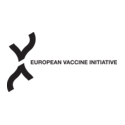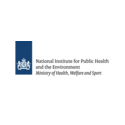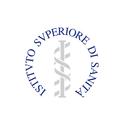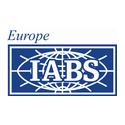In short
This project aims to reduce the number of animals used in the testing of human and veterinary vaccines. Traditionally, new vaccine batches are tested on animals. VAC2VAC intends to demonstrate that each new vaccine batch being manufactured is comparable to previous batches, known to be safe and effective, without having to inject it in animals. This requires the development of a set of new laboratory techniques. The project will study vaccines that have been in use for a long time and on which a great deal of data is therefore available. The implementation of this approach will ensure the quality of the batches before they are released onto the market.
Project description
The project “Vaccine batch to Vaccine batch” (acronym: VAC2VAC) aims to demonstrate the feasibility (“proof of concept”) of monitoring the consistency of the batch release controls. This requires the development of a set of in vitro techniques to ensure that each vaccine batch of a manufacturer is consistent with a batch analysed as safe and effective during the registration studies. The project will study vaccines that have been in use for a long time and on which a great deal of data is therefore available. These techniques will reduce the number of laboratory animals used. The implementation of this approach will ensure the quality of the batches before they are released to the market.
The methods to be developed and evaluated belong to four areas:
- physicochemical
- immunochemical
- cellular
- multiparameter, involving bioinformatics
Different types of human and veterinary vaccines will be involved:
- toxoid vaccines
- inactivated bacterial vaccines
- inactivated viral vaccines
These contain different adjuvants.
The best methods will be (pre)validated for acceptance by the regulatory authorities.
The objectives are:
- a high-level quality control of vaccines
- the implementation of
- common methodologies that can serve as basis for other vaccines, and
- effective transfers of new methods
- Develop and (pre-)validate non-animal techniques for batch release
- Generate sets of consistency techniques that are specific to vaccine quality control and benefit from clearly defined acceptance criteria.
- Improve scientific knowledge of the quality of vaccines and of factors affecting said quality, specially those that are critical in ensuring the consistency with batches recognised as safe and effective.
- Contribute to the regulatory acceptance and routine use of non-animal techniques for vaccine batch release analyses at international level.
Sciensano's project investigator(s):
Service(s) working on this project
Partners























